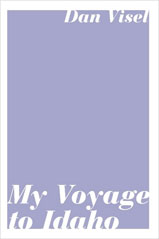Every day I set less store on intellect. Every day I see more clearly that if the writer is to repossess himself of some part of his impressions, reach something personal, that is, and the only material of art, he must put it aside. What intellect restores to us under the name of the past, is not the past. In reality, as soon as each hour of one’s life has died, it embodies itself in some material object, as do the souls of the dead in certain folk-stories, and hides there. There it remains captive, captive forever, unless we should happen on the object, recognize what lies within, call it by its name, and so set it free. Very likely we may never happen on the object (or the sensation, since we apprehend every object as sensation) that it hides in; and thus there are hours of our life that will never be resuscitated: for this object is so tiny, so lost in the world, and there is so little likelihood that we shall come across it.”
(Proust, By Way of Sainte-Beuve, trans. Sylvia Townsend Warner, p. 17.)
